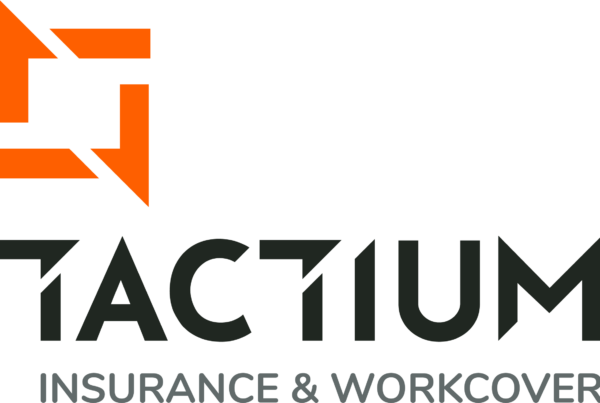Every July employers right across Victoria receive their WorkCover insurance premium renewal notices. Business owners, CEOs, CFOs, managers and Return To Work Coordinators are all curious to find out what WorkSafe is planning to charge them for the year ahead.
Rarely do I meet anyone who’s excited about paying their WorkCover. But I meet plenty of people who’d rather pay less, keeping valuable funds on the company’s bottom line and off WorkSafe’s.
One of my most popular consulting services is my WorkCover Refund Audit. I review my clients’ WorkCover policies, reducing the amount of premium they must pay, while ensuring compliance. The reason it’s so popular is that we end up reducing the liability for our clients, often getting them refunds on prior years’ overstated premiums. Plus, we perform this service on a success fee basis, meaning that if our client doesn’t get a refund, we don’t charge a fee.
An added bonus of having worked with many employers is that I’ve identified some simple steps you can take right now to get your premium into better shape. If you want the best outcome though I’m happy for you to contact me for a free strategy call about your situation.
You can update details on your WorkCover policy throughout the year as many times as necessary by contacting the ‘premiums’ or ‘underwriting’ team at your WorkSafe agent or by using WorkSafe’s online portal.
Here are three tips that anyone involved in the finance or accounting aspect of your business can take.
1. Brush up on rateable remuneration inclusions and exclusions
The amount of premium you pay is partly determined by how labour-intensive your business is. The higher your wages, or labour costs, the more premium you’ll pay.
In calculating your premium WorkSafe requires employers to estimate their rateable remuneration at the beginning of the financial year and then certify their actual figures at the end of the financial year.
Rateable remuneration is basically ‘money paid to employees for labour’. The amount of payroll tax a company pays is calculated in a similar way. However WorkSafe and the State Revenue Office require employers to include or exclude different items on their annual declarations.
In managing your WorkCover insurance you want to make sure you’re only declaring the amounts required by WorkSafe. Othewise you could be over-declaring your labour costs and paying more than your fair share of WorkCover insurance.
Make sure you review WorkSafe’s rateable remuneration inclusions and exclusions so that the figures used in your premium calculation are accurate and not overstated.
WorkSafe’s guidelines show you the main items, but there are many exceptions to these rules and other special provisions. For this reason it might make sense that you contact me to request a free strategy call to consider any unique exceptions applying to your situation.
2. Review your classification
Page 3 of your premium notice should reveal your WorkCover Industry Classification (WIC). It will tell you the name of your category and the standard rate that comes along with it. Be aware that your business could pay the same or a bit higher or lower than this standard rate.
The type of work performed by your business will determine the rate you applied to your policy. In Victoria the average rate across all businesses is roughly 1.2%. Some industries where the risk of injury is quite low will carry a rate such as 0.3% while other more dangerous work could be on a 5% rate.
Many employers I meet haven’t reviewed their classification since they set up their policy many years ago. And the activities they perform have often changed over the years. Check your classification on your premium notice, then browse WorkSafe’s list of classifications to see if there is a category you would be better placed in.
Here are the WorkSafe industry rates used in 2018 WorkCover premiums.
The process of changing classification isn’t as simple as checking a box in an online form. You or your advisors must submit an application with supporting evidence justifying the change. It’s not an easy process which is why employers engage me to review their activities, then prepare and submit these applications on their behalf.
3. Check your performance vs your industry competitors
Again on page 3 of your premium notice you will find your Employer Performance Rating (EPR).
WorkSafe can see the total claims costs and rateable remuneration paid across your industry. They can determine the ratio of claims costs to rateable remuneration in the sector. The system benchmarks your performance against the average for the industry. Your EPR is an indicator of whether you are performing better or worse than an identically sized, average-performing business in the same sector. So if your ratio shows higher-than-average claims costs for the size of your business, it will reflect poorly on your EPR. Similarly, if your claims costs are comparatively low or nil, you’ll receive an encouraging EPR.
If your EPR is on par with average or higher, it’s a sign that you’re having too many injuries and claims and they are affecting your bottom-line profits. You should consider what activities you must take to reduce the impact from existing claims and reduce the risk of future claims.




